Why Vence Is Worth a Visit (Even with Saint-Paul Next Door)
Vence is often overlooked by visitors rushing to nearby Saint-Paul-de-Vence, but it deserves a closer look. It’s not hidden, just quieter. And for many travelers, that makes it a better experience.
Vence is a proper town with about 20,000 residents. It covers over 39 km², much larger than the 3,400-person village of Saint-Paul.
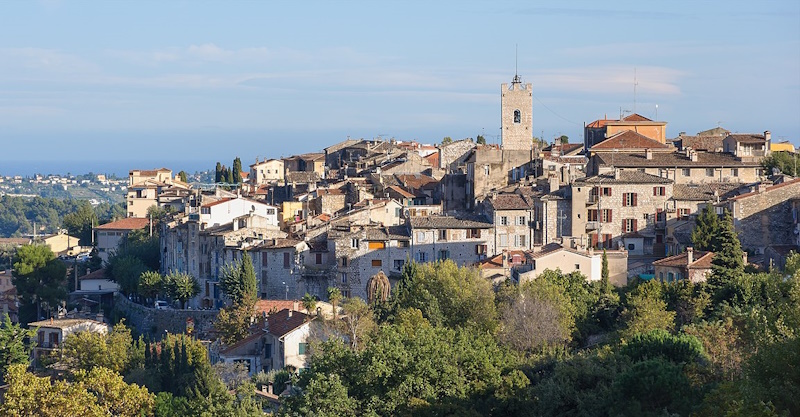
The two are only 4 km apart, a 10-minute drive or a long walk, but they feel worlds apart. Saint-Paul is polished and heavily touristed. Vence feels lived-in.
It’s also more authentic. Fewer tourist shops. Fewer crowds. No tour buses unloading groups every hour. Locals still use the market. Teenagers hang out in the square. Elderly neighbors chat on doorsteps. It’s a working town, not a postcard setup.
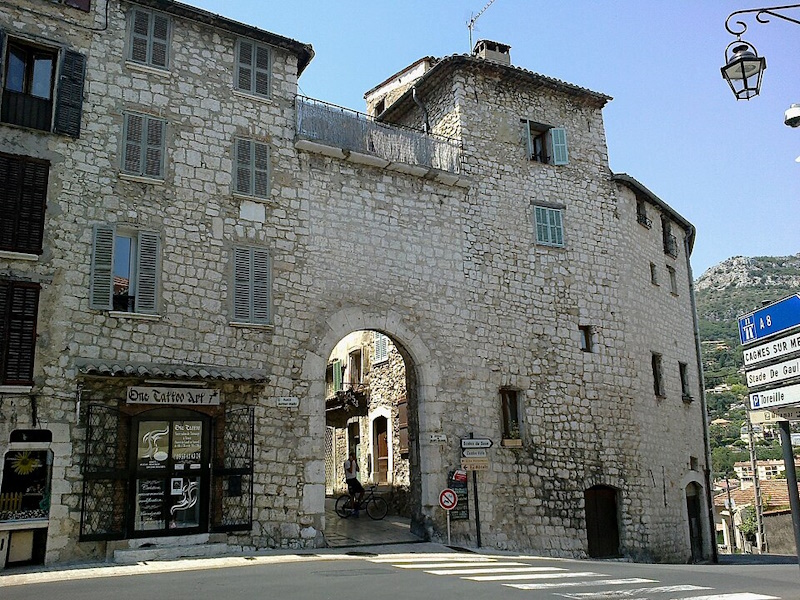
The heart of Vence is its walled old town. You enter through Porte du Peyra, a stone arch that leads into narrow lanes, stone houses, and small squares. It isn’t staged for Instagram, people actually live here. You hear local kids, church bells, and French being spoken everywhere.
Place du Grand Jardin is the main square, just outside the old town. Market days are lively, with stalls full of local produce, cheeses, and handmade goods. It’s where locals meet up.
Walk a few minutes from the square and you get wide views over the hills and toward the Mediterranean.
Vence has serious art history too. Matisse designed the Chapelle du Rosaire – not just the paintings, but the building itself. It’s simple and striking. Inside, you see the stained glass in blue, green, and yellow light up the white walls. He called it his masterpiece.
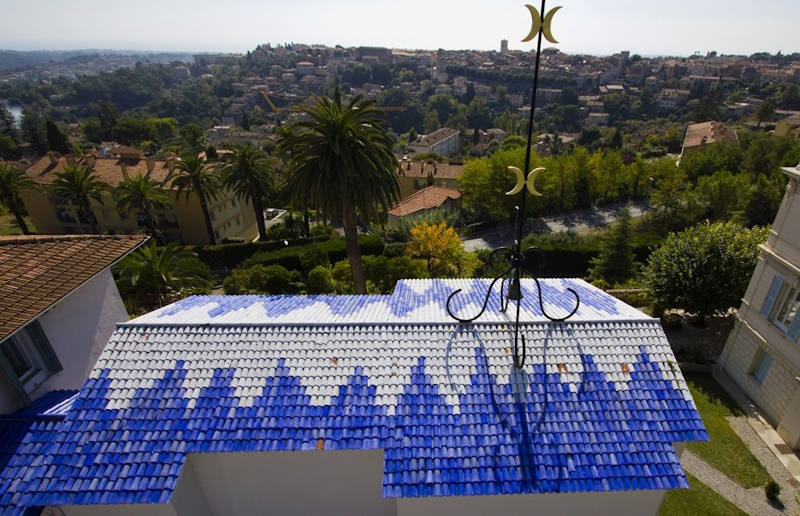
The Cathedral of Vence is small but layered with history – Roman columns, medieval bones, and a Chagall mosaic in the back.
Rue Henri Isnard and Rue de l’Évêché are great for a slow stroll. You’ll find a few low-key galleries, family-run shops, and quiet corners.
There’s a lot more to see if you take your time.
Start with Le Frêne, a tree said to have been planted in 1538 by King François I. It stands on Esplanade Fernand Moutet, which has open views over the valley, a Romanesque baptistery, and a soon-to-be-installed fountain by sculptor Arman.
The Château de Villeneuve, built in the 17th century, was once home to the Lords of Villeneuve. Today it’s a contemporary art center. Right next to it stands the 12th-century Tour, with medieval arrow slits still visible.
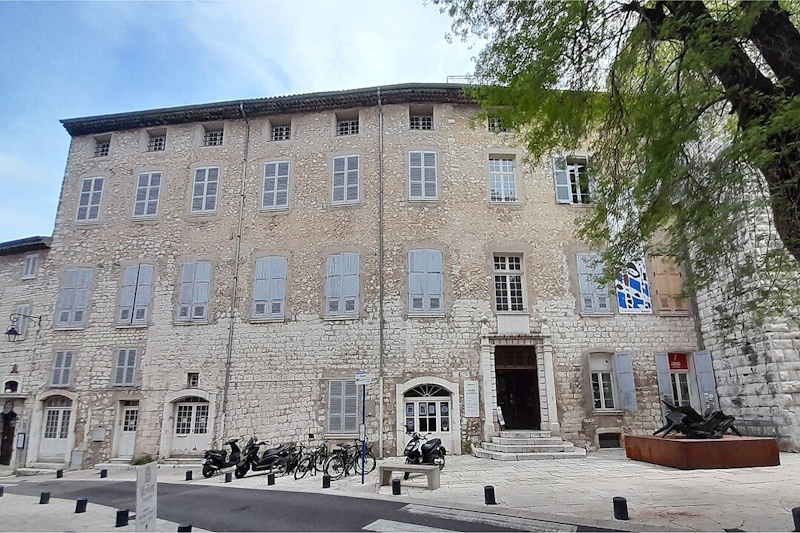
Back near the entrance to the old town, the Place du Peyra has been restored and is full of life again. From here, walk down Rue du Portail Levis to find the Place Vieille, officially listed as the smallest square in France.
Other spots worth a look: the Rue du Marché with its mix of shops and homes; Place Surian, named after a bishop of Vence; the Porte du Signadour, a 13th-century watchman’s gate; and Place Godeau, which holds Roman columns once inside the cathedral.
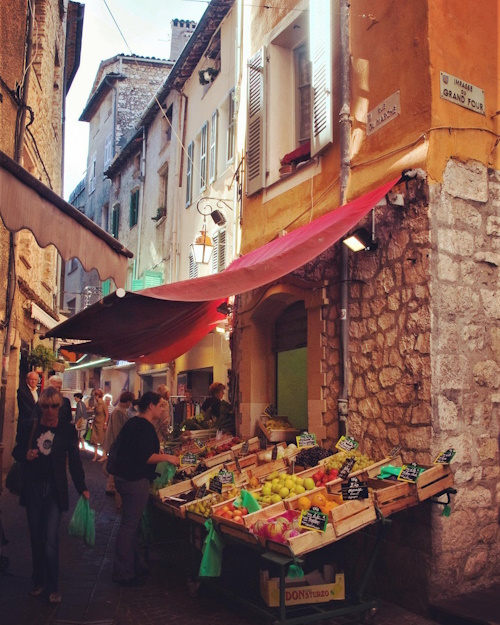
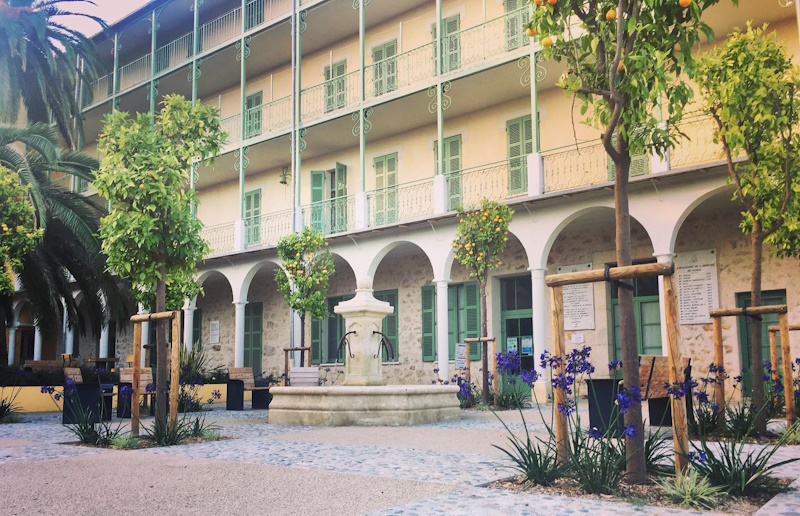
Keep an eye out for medieval arches in Passage Cahours, the old Roman road in Rue des Portiques, and the remains of defensive walls along Rue de la Coste. You’ll also find traces of the Roman and early Christian past scattered throughout.
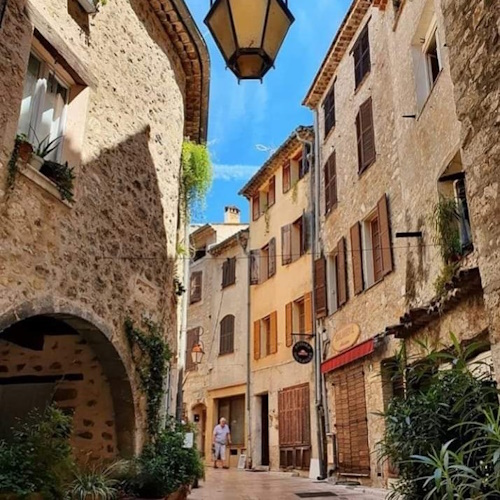
If you want nature, there are trails up toward Col de Vence with views over the coast. Some believe the area has magnetic forces. Most just enjoy the peace and clean air.
Vence doesn’t try too hard. That’s its strength. You come here not to tick boxes, but to take your time. Walk. Watch. Sit at a café table. Buy fruit from the market. See real life in the South of France.
And if you want the galleries and crowds of Saint-Paul-de-Vence, it’s right up the road. But you might just want to stay in Vence.
